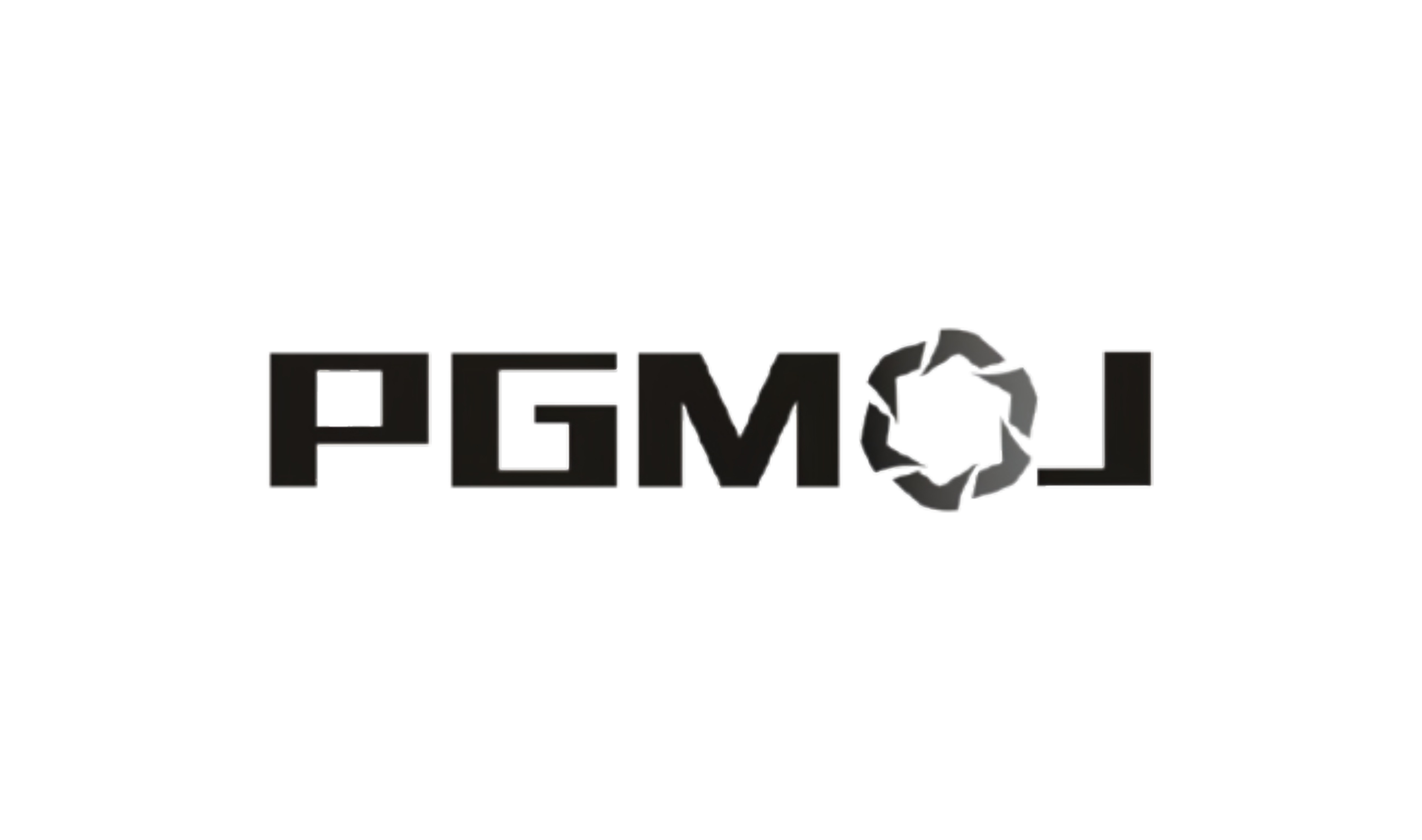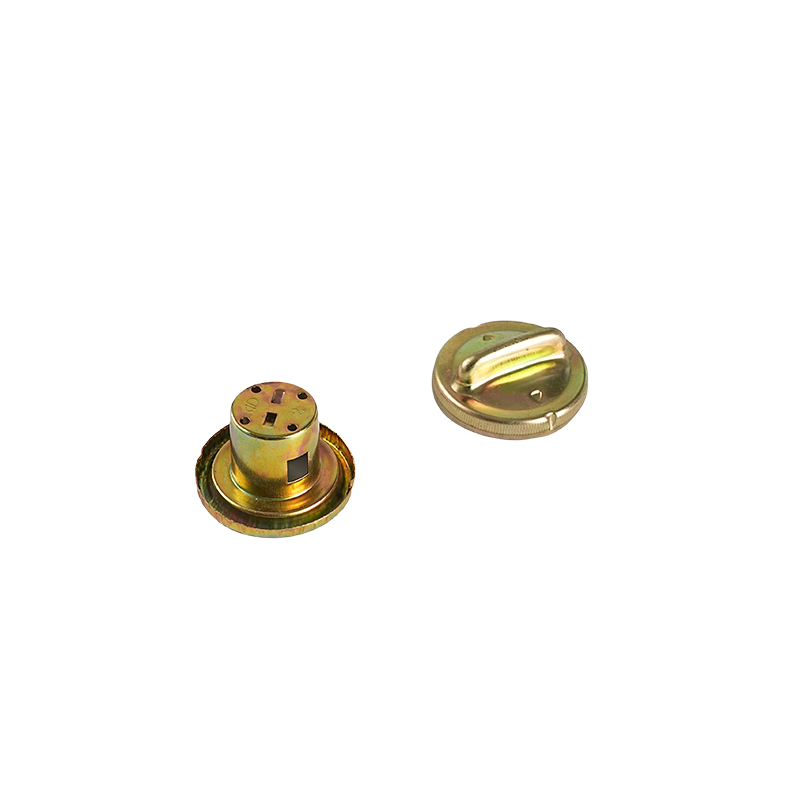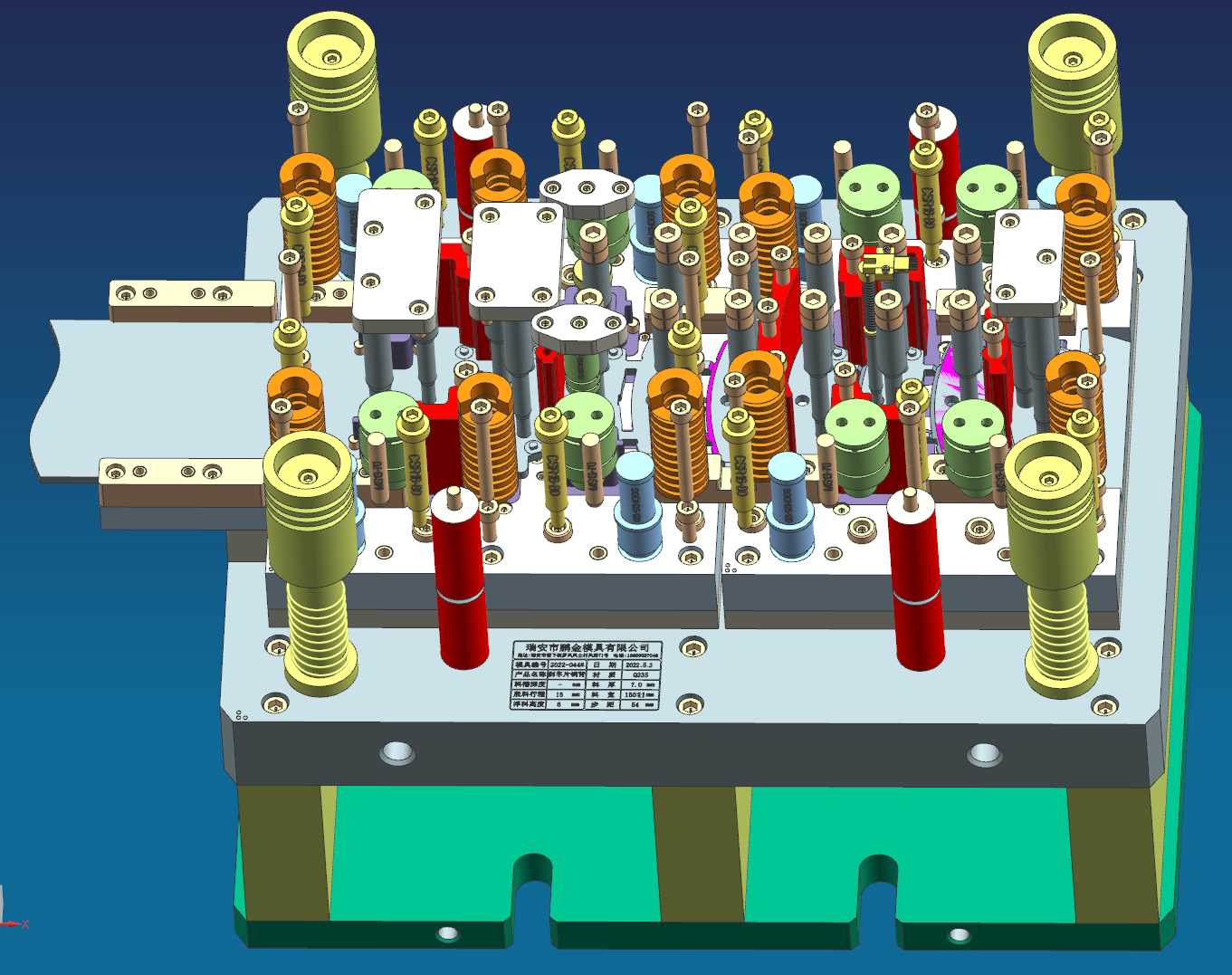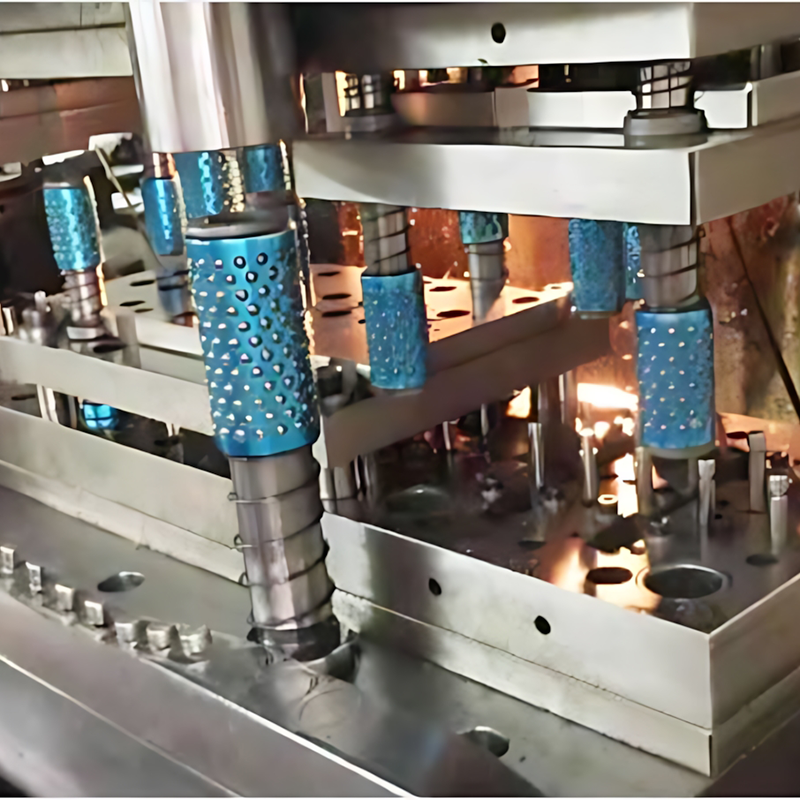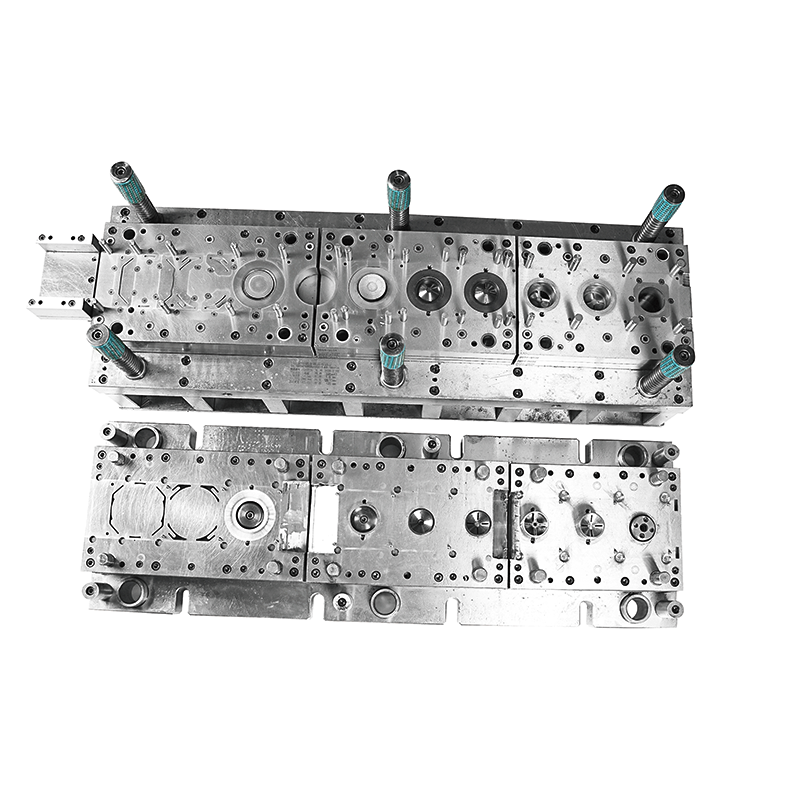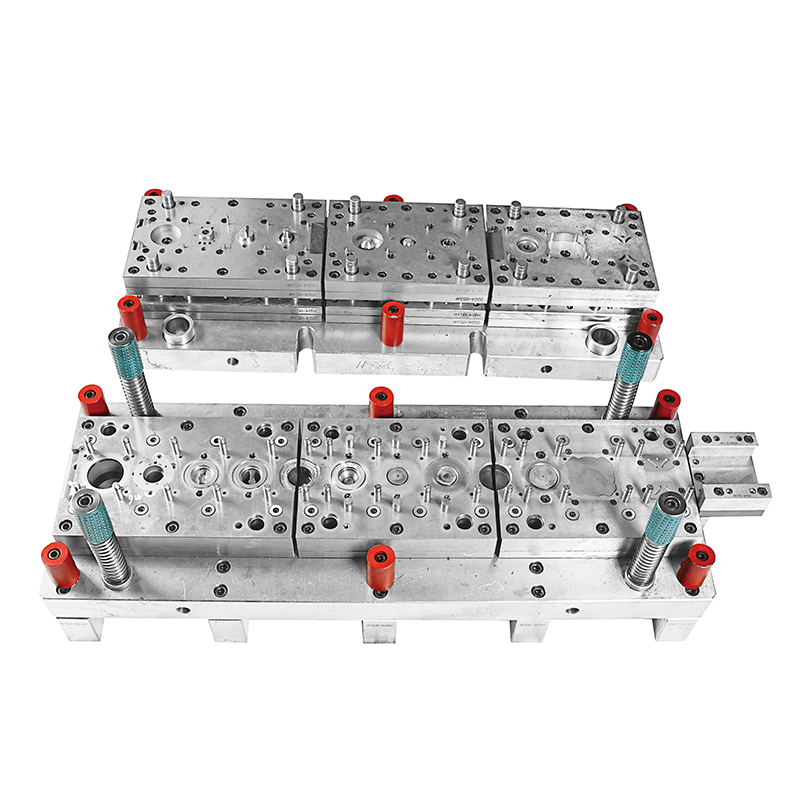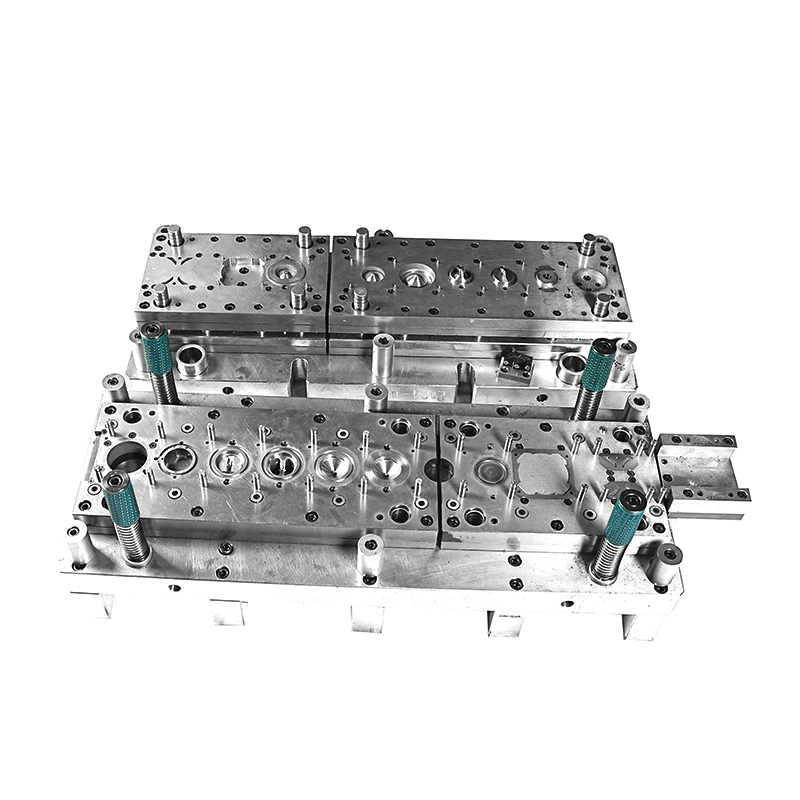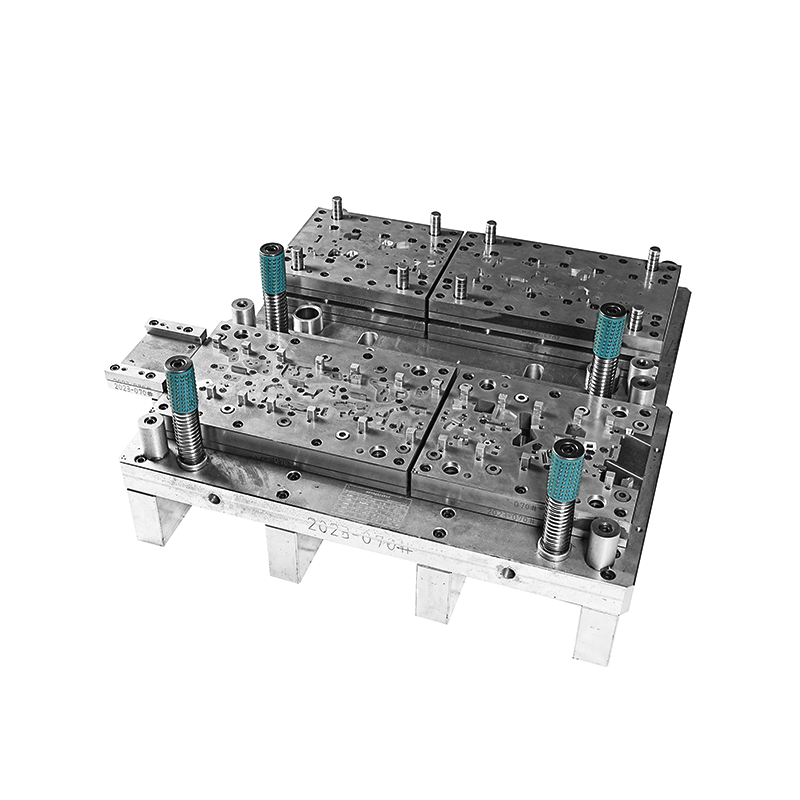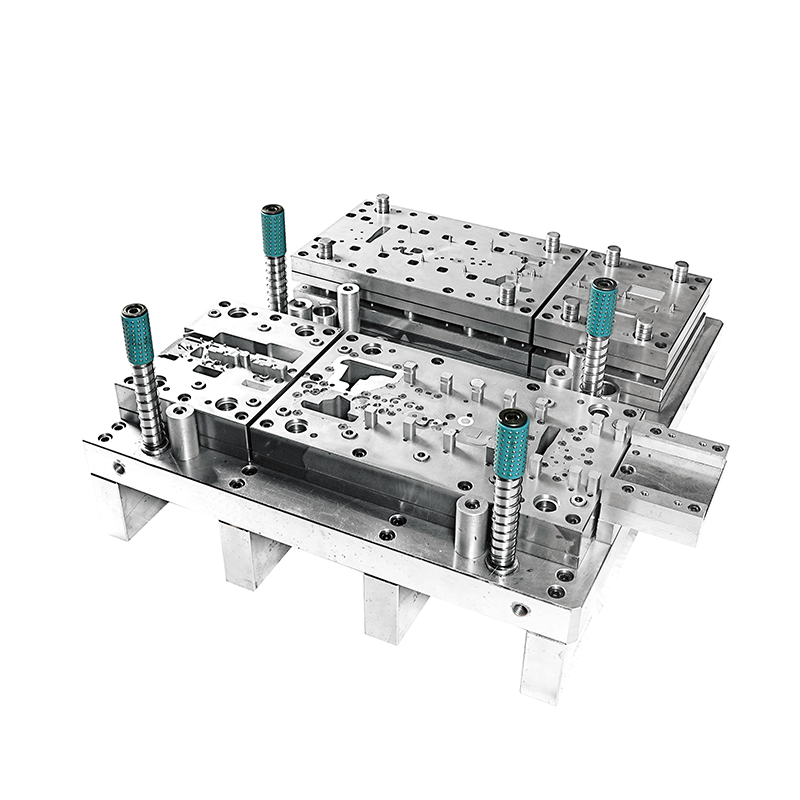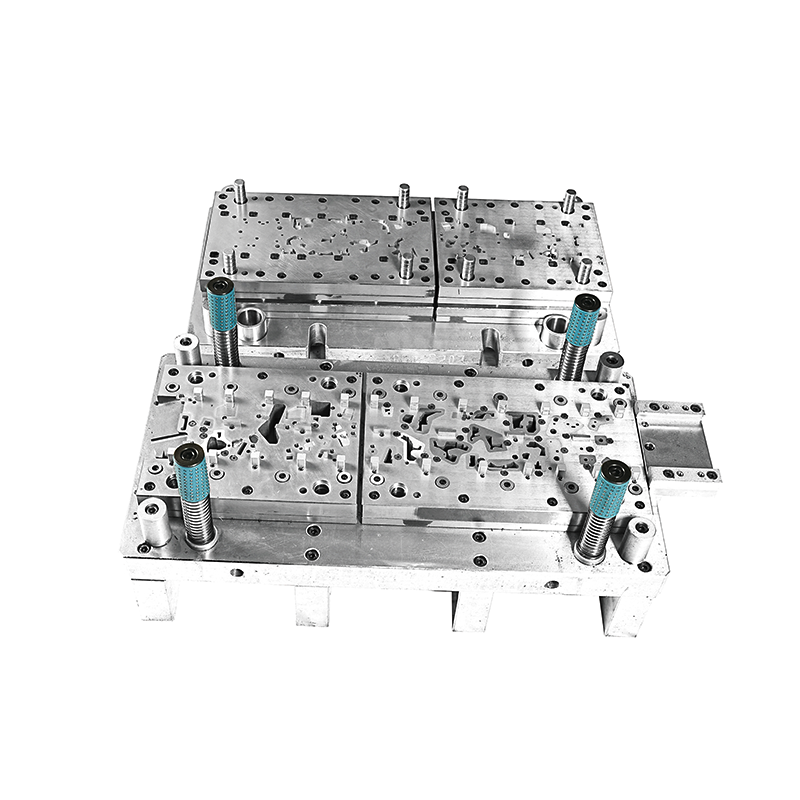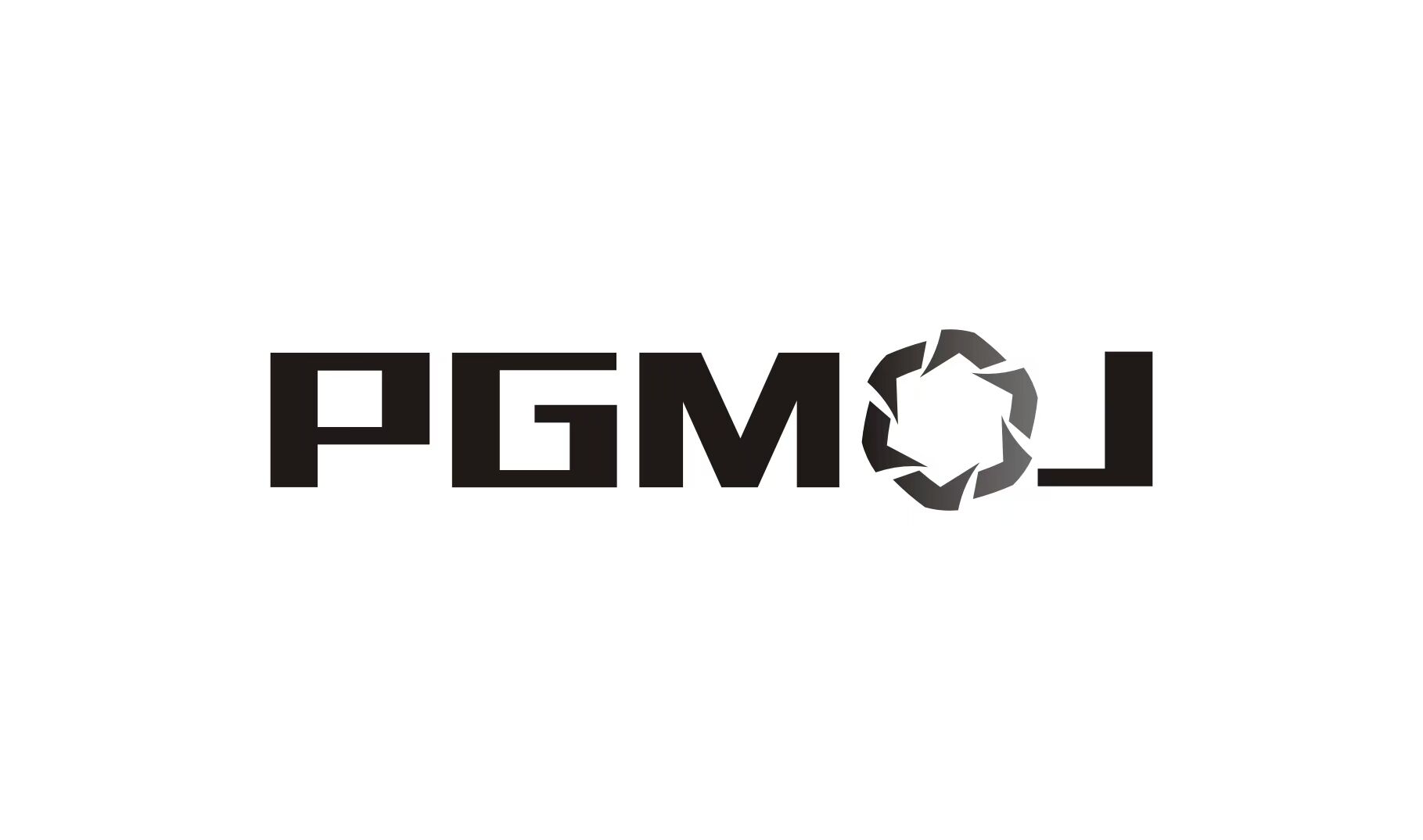Description
Fuel tank stamping parts are various metal parts used to make fuel tanks through stamping process.
Features
Good sealing: Fuel tank stamping parts need to ensure the sealing of fuel tanks to prevent fuel leakage. This requires the parts to have high-precision size and shape, as well as good surface quality during the stamping process to ensure that the connection between the various parts is tight and reliable.
High strength and corrosion resistance: The fuel tank needs to withstand a certain internal pressure and external impact force, while also resisting the corrosion of fuel and the external environment. Therefore, fuel tank stamping parts usually need to have high strength and good corrosion resistance to ensure the safety and service life of the fuel tank.
Lightweight: In some application scenarios with weight requirements, such as automobiles, airplanes, etc., fuel tank stamping parts need to reduce weight as much as possible while ensuring strength and performance. This requires the use of reasonable structural design and lightweight materials, and the use of stamping technology to manufacture parts that meet the use requirements and are light in weight.
Material
Metal sheets: Commonly used materials include cold-rolled steel sheets, hot-rolled steel sheets, galvanized steel sheets, etc. Steel plates have high strength and good formability, which can meet the requirements of fuel tanks for structural strength and sealing. Galvanized steel plates have good corrosion resistance and can prevent fuel tanks from rusting during use.
Aluminum alloy plates: Aluminum alloys have the advantages of light weight and good corrosion resistance. In some occasions with high weight requirements, such as aerospace, new energy vehicles and other fields, aluminum alloy plates are often used to manufacture fuel tank stamping parts. Although the cost of aluminum alloys is relatively high, its lightweight effect is significant, which can effectively improve the performance and endurance of equipment or vehicles.
Manufacturing process
Mold design and manufacturing: According to the design requirements of the fuel tank, computer-aided design (CAD) technology is used to design the stamping mold. The shape, size, stamping process and other factors of the parts need to be considered during the design process to ensure that the mold can produce stamping parts that meet the requirements. Mold manufacturing usually uses precision manufacturing technologies such as CNC machining to ensure the accuracy and quality of the mold.
Stamping forming: The metal sheet is placed on the stamping machine, and pressure is applied to the sheet through the mold to cause it to undergo plastic deformation, thereby obtaining the required shape and size. The stamping process may include multiple steps, such as blanking, stretching, punching, flanging, etc., to gradually form the various parts of the fuel tank. During the stamping process, it is necessary to control the parameters such as stamping speed and pressure to ensure the quality and precision of the stamped parts.
Surface treatment: In order to improve the corrosion resistance and appearance quality of the fuel tank stamping parts, they are usually surface treated. Common surface treatment methods include spraying, electroplating, phosphating, etc. Spraying can form a protective film on the surface of the parts to prevent corrosion and wear; electroplating can improve the corrosion resistance and conductivity of the parts; phosphating can improve the adhesion between the parts and the coating and enhance the protective effect of the coating.
Applications
The main types are: fuel tank shells, end plates and cover plates, mounting brackets and fixings, etc., which are widely used in transportation, power generation equipment, industry and other fields
FAQ
Q: Are you a factory or trading company?
A: We are a factory which has been producing metal stamping parts for more than 15 years.
Q: What are your main products?
A: we are a mould company mainly engaged in the development, design, manufacturing and sales of moulds, such as automotive parts, motorcycle parts, hardware parts, electrical parts and other mould production and product stamping ect.
Q: What is surface treatment do you have?
A: Dacromet, powder coating, zinc plating, nickel plating, tin plating, copper plating, silver plating, gold plating, anodizing, salt spray test, etc. As we focus on stamping tools and metal stamping parts, the surface treatment is done through suppliers.
Q: Can I get samples?
A: Yes, sample order can be used for quality inspection and market testing, and freight will be collected. If it is a simple sample, we will not charge; if it is an OEM/ODM sample, we will charge sample fees.
Q: What is the minimum order quantity?
A: When there is stock, the minimum order quantity is 1000 pieces.
Q: When is the delivery time?
A: The stamping die manufacturing cycle is 20-50 days, and standard stamping parts can be delivered 3 to 10 days after payment. If it is OEM or making molds, we will confirm the delivery time with you.
Q: What are your payment terms?
A: We recommend a 50% T/T deposit and the balance paid before shipment.sample cost.
Q: Do you accept OEM/ODM?
A: Yes. We have more than 15 years of OEM/ODM experience.
